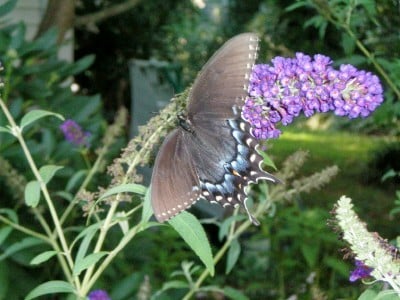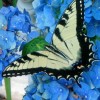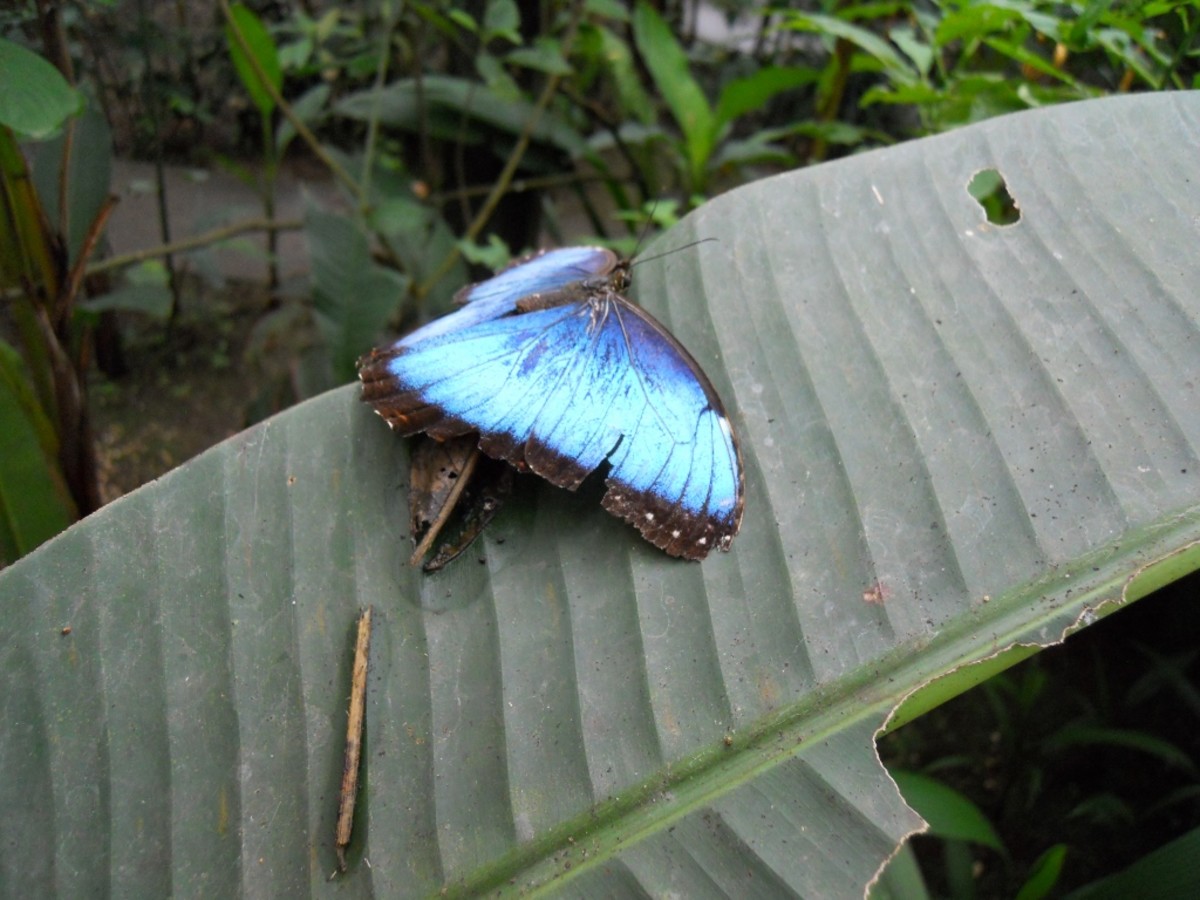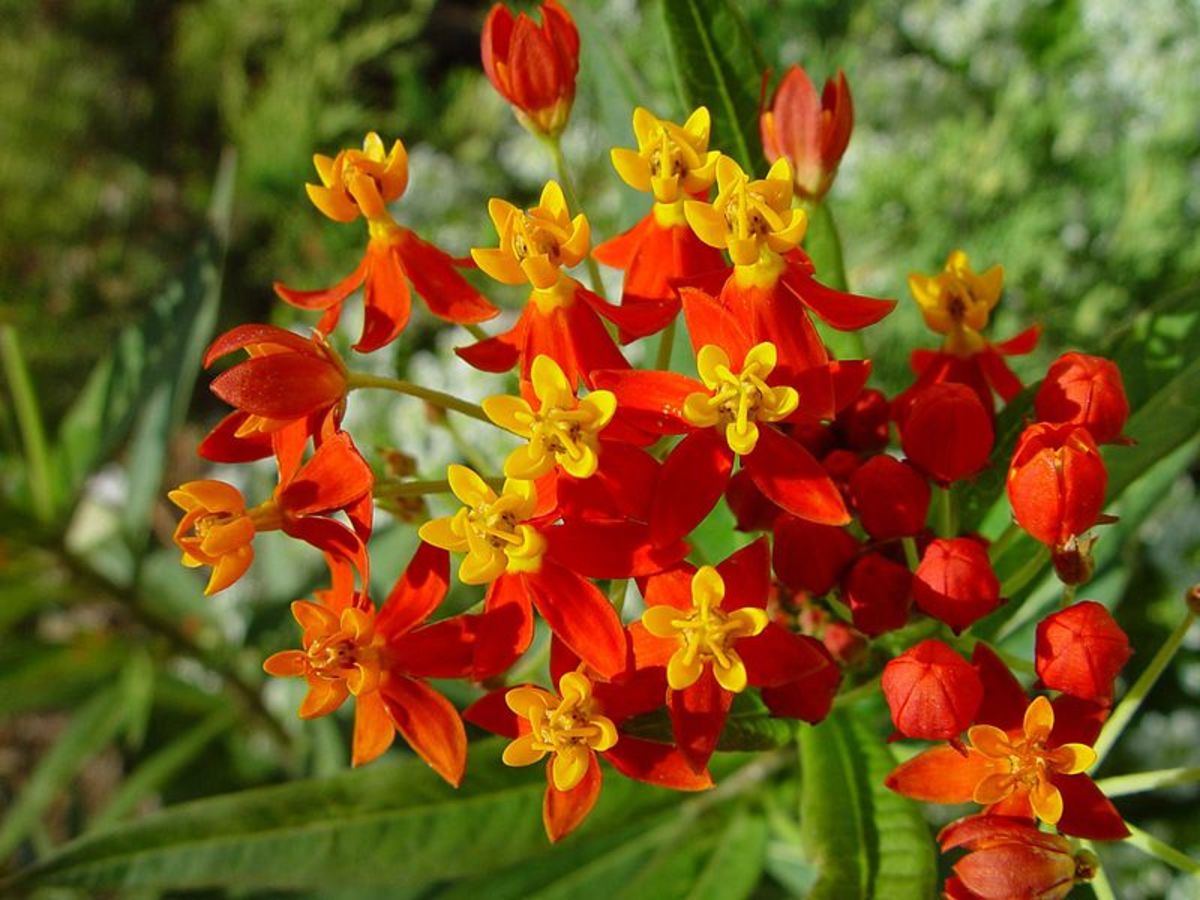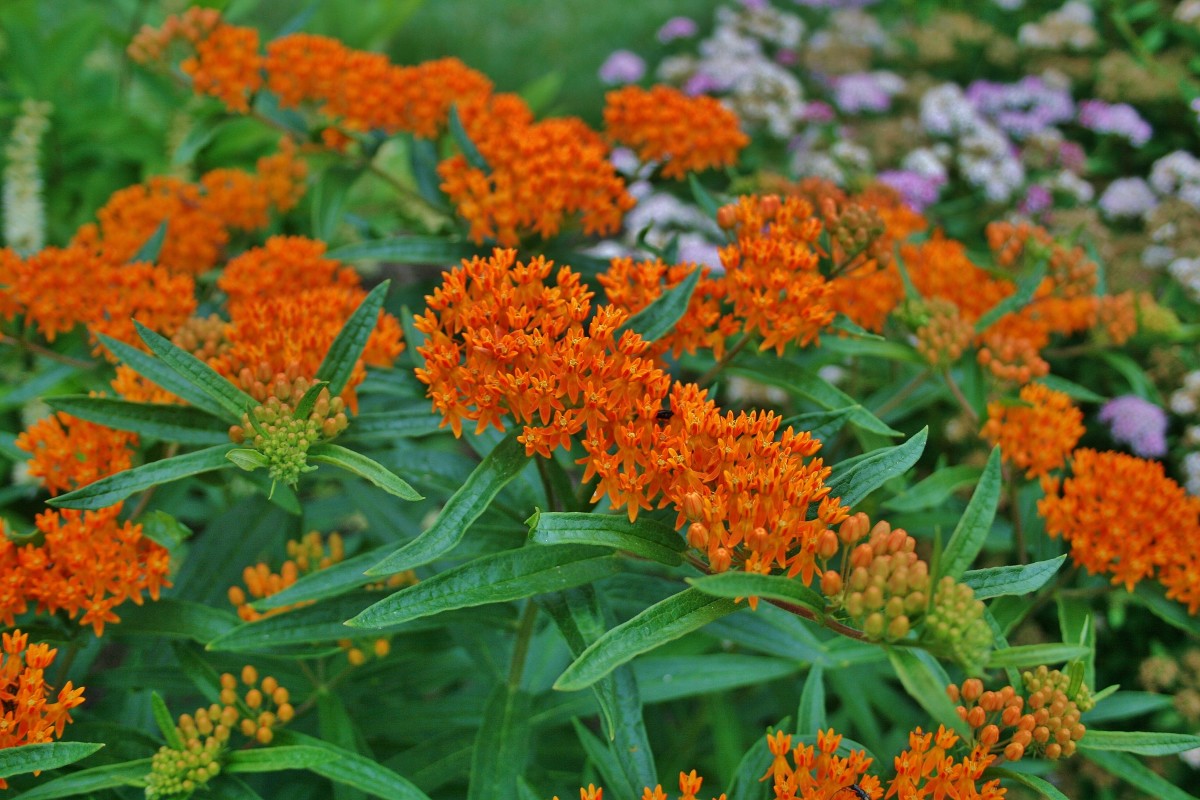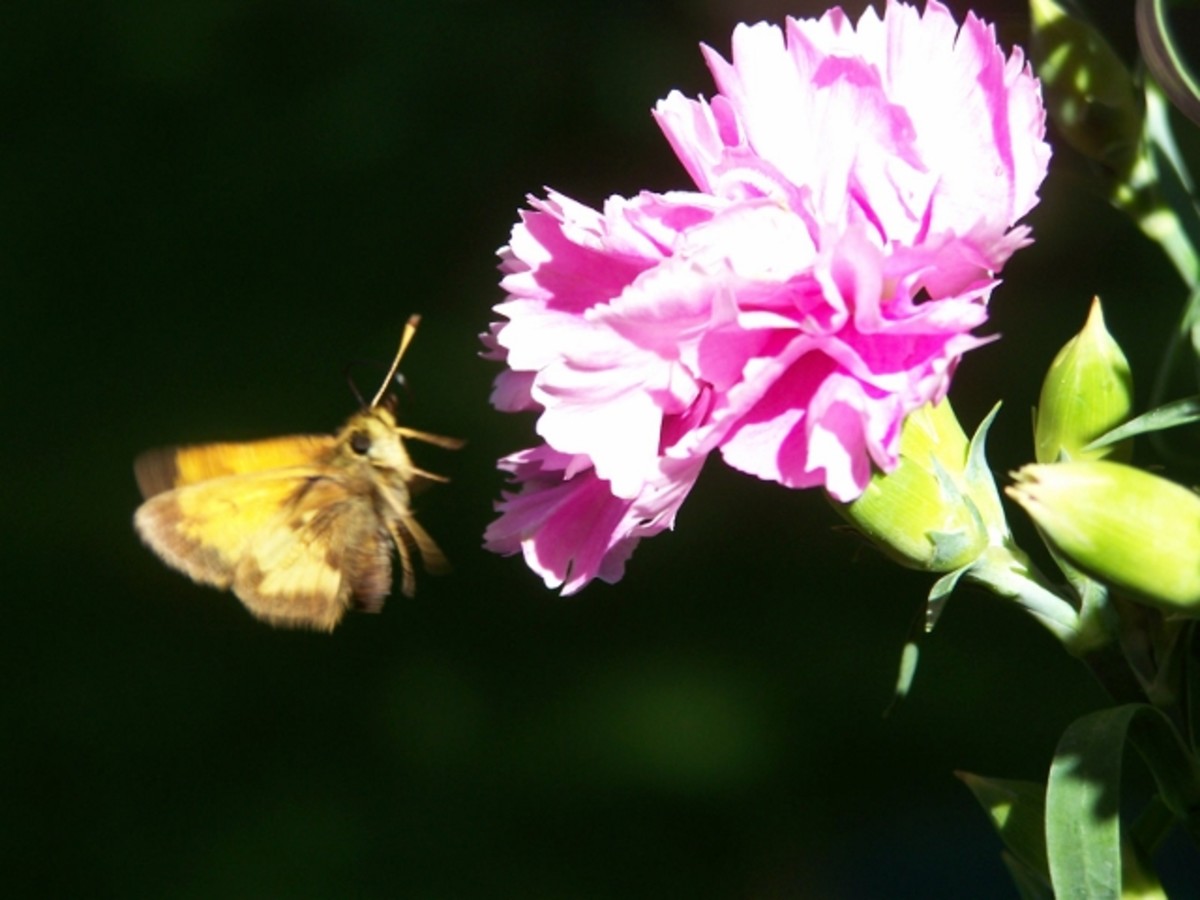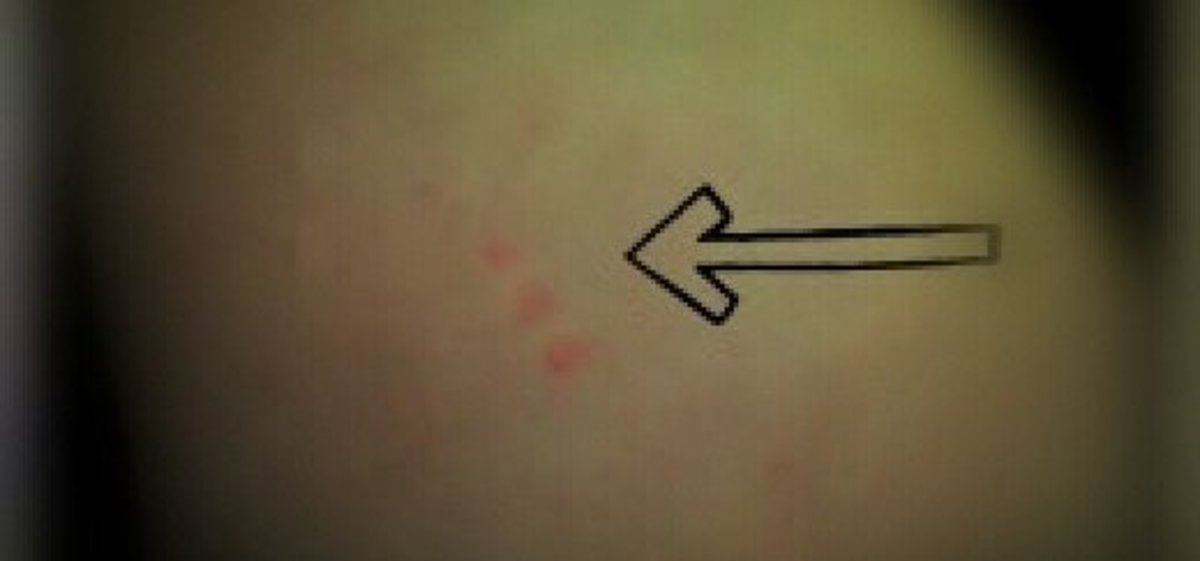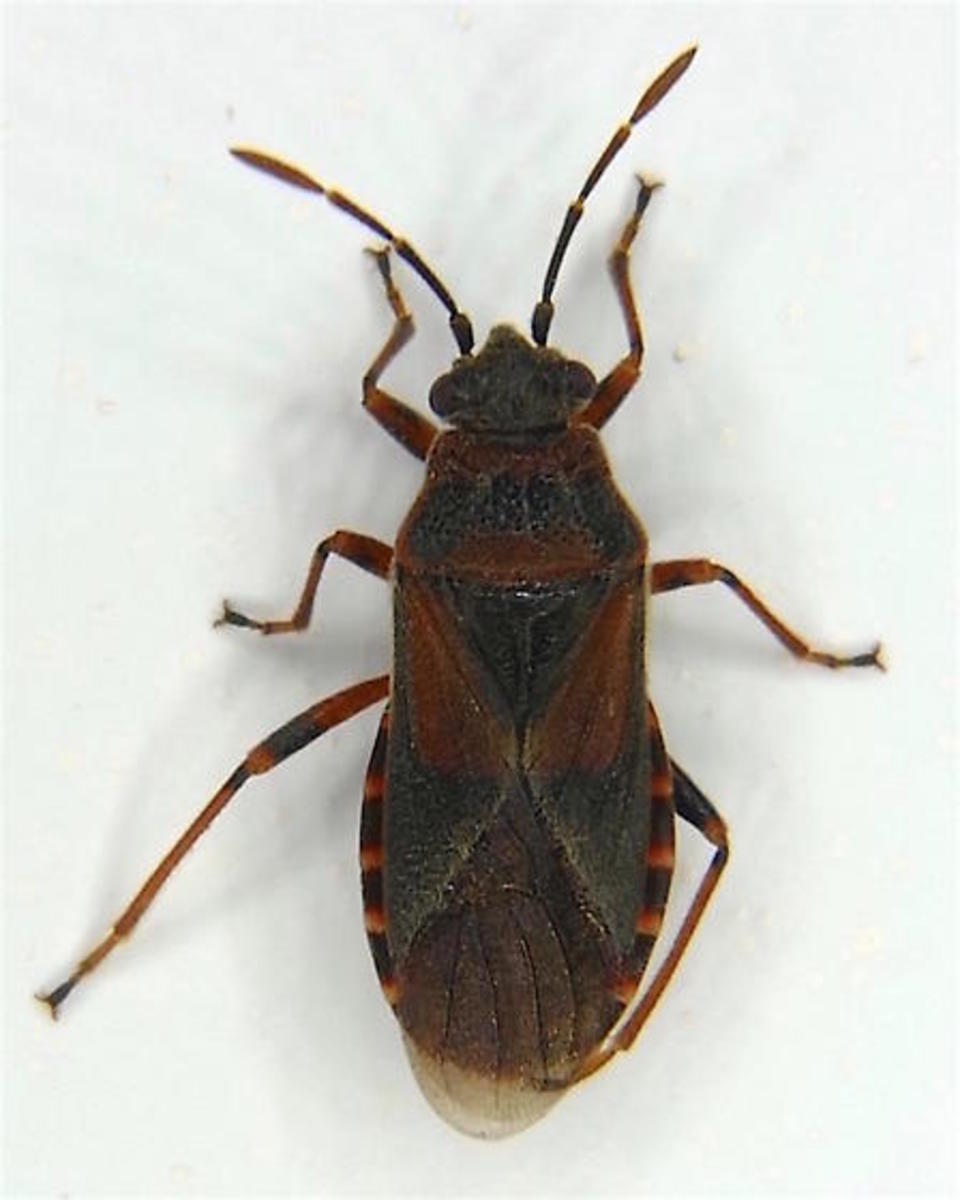- HubPages»
- Education and Science»
- Life Sciences»
- Entomology
Butterflies, Bumblebees & Moths, Oh My!
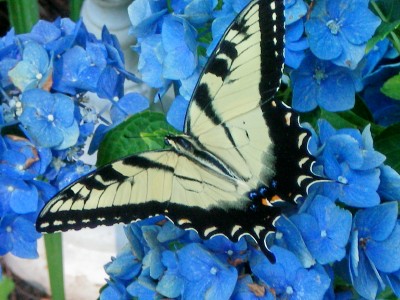
Was This My "Silent Spring"?
I was beginning to worry. It was late spring, and not a bee or butterfly in sight. For the past few years the local population of bees, butterflies and moths had been declining. To help counteract this I had planted known butterfly and bee attracting plants. Now I was getting seriously worried that our state had finally decimated my beautiful garden friends through spraying for West Nile virus.
As a child, I grew up on a 65-acre farm that was always populated with hordes of bees, wasps, butterflies, moths and every other flying critter imaginable. In the evenings, eating at our big table in the screened porch, it seemed as if thousands of moths, attracted to the light, were beating against the screen. During the day I would try to catch a June bug so I could tie a string to it. When was the last time you saw a June bug?
When I noticed fewer butterflies and only bumblebees were coming to my garden, I recalled Rachel Carson's Silent Spring, and wept. My lawn, on which no herbicides or pesticides are ever used, is covered with a honey bee favorite, white clover, and only one lonely honey bee was counted. Bumblebees, yes. They especially love the hosta flowers.
Then, looking out my kitchen window which overlooks my flower garden, I see a flash of yellow, and I find myself smiling as an Eastern Tiger Swallowtail floats above my blue hydrangea. Quick! I grab my camera to take a photo to show my son proof that the butterflies have arrived.
Silver-spotted Skipper
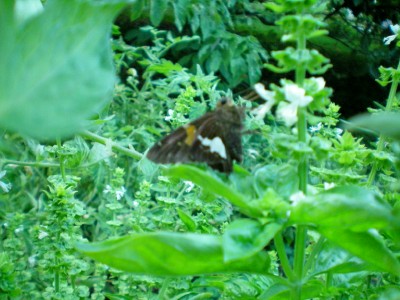
Choose Plants to Help the Environment
My son works at a large garden center and we share a love of butterflies, moths and bees. Whenever he sees a plant known to attract them he brings it home and we tuck it into a corner of my garden. This year we have added hyssop, Joe-Pye weed, and goldenrod to the garden border which features daylilies, German and Japanese iris, allium, Queen Anne's lace, columbine, blue violet, wild strawberry, hosta, lily-of-the-valley, rose-of-sharon, blue beauty bush, hydrangea, azaleas, rhododendron, dogwood, silver maple, black walnut, tulip poplar and white pine trees.
I recently learned that you can obtain free milkweed seeds from www.livemonarch.com which is a wonderful website full of useful information.
By far, the hyssop attracts the most moths and butterflies. In early September the three hyssop plants were literally covered with moths and butterflies.
A kidney-shaped vegetable garden planted with basil, squash, tomato, pepper and melon is integrated into the flower borders. The basil, in flower, seems to be a favorite with the moths.
Books for Butterfly Lovers
Viceroy or Monarch?
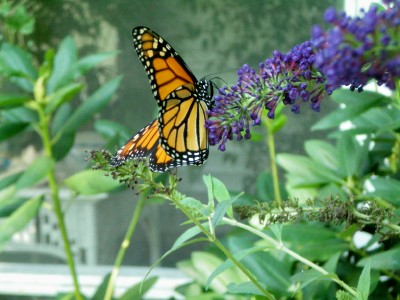
Look Closely!

Wings on the Meadow
The Monarch butterfly is often confused for a Viceroy and vice versa. I wasn't quite sure which one the orange and black butterfly was until I visited Butterflies and Moths a website that has beautiful photographs and gives butterfly and moth identification information for each state.
In the 1970's I read a wonderful, poignant novel by Jo Brewer, Wings on the Meadow, which heightened my interest in butterflies. It takes you on a journey with a butterfly and it's life cycle.
If everyone would take a few moments before they purchase their garden plants and choose the favorites of the butterfly, bee and moth, not only would their lives would be enriched, they would be helping the environment.
Happy gardening!
Spicebush Swallowtail
